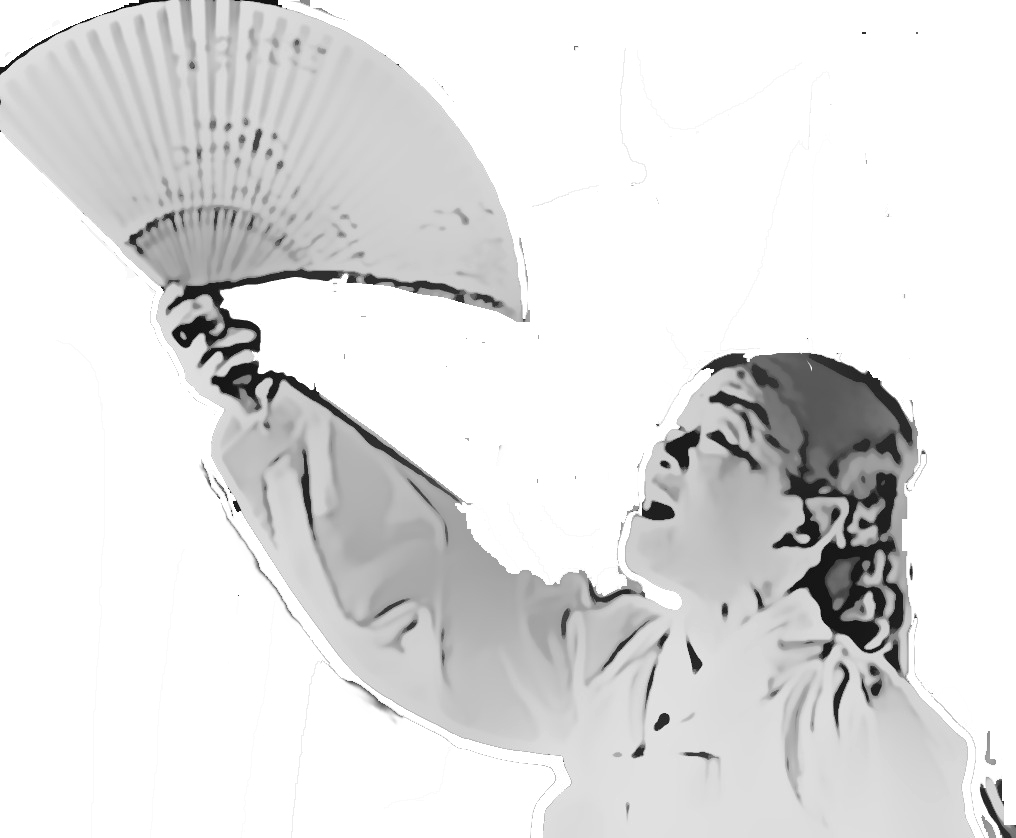
Pansori
Pansori is, for me as a westerner, the hardest form to place, since it seems performative by my standards, but Korean literary histories always consider it an important part of the literature strand of Korean culture. So, in deference to that Korean take, I place it within literature as well..
Previously:
I) Hyangga and Koryeo Kasa
II) Sijo & Kasa
III) Classical Fiction
One form of literature of particular note, and that is still enjoyed today, is p’ansori, or a ‘story-in-song.’ P’ansori was a form of spoken, narrative poetry the topics of which primarily focused on real life and reflected the interests of the common people. Pansori is believed to have developed from the Shamanist chants of South-Eastern Korea in the late seventeenth and early eighteenth centuries.
To western eyes, p’ansori may seem less like literature and more like song and dance, but this stance is not shared in Korea, where p’ansori is considered a form of literature (of course it is also recognized as song and dance!). It is a long (up to 8 hours long) narrative musical performance with two performers, a drummer and a singer. Its name derives from the Korea word for a location to sing music or act out a play (pan) and the word for ‘sound’ (sori). P’ansori consists of two subsidiary musical forms, the main song called ch’ang and a rhythmic spoken called aniri, with the aniri serving as connective tissue between the ch’ang.
P’ansori’s emergence was from a primarily oral tradition, and one that revolved around superhuman characters, myths, etc, but the late Joseon period, Pansori had evolved into stories based on quotidian events using human characters, and the plots, therefore, became increasingly “true to life.” P’ansori mixed prose and verse as well as mixing the vernacular, including slang, sarcasm and jokes, with the more traditional classical language of the past. At the same time there was a strand of p’ansori that continued to depict the lives of the royal court, including Hanjungnok (Record of Leisurely Feelings) and Inhyon Wanghujon (Tale of Queen Inhyon).
Although p’ansori began in oral traditions, they were passed along from generations to generation and increasingly rendered in print, over time becoming an important genre of the classic novel. There were two different strands of p’ansori, the sung (indicated by the Korean word “ka”) and the written (indicated by the Korean word “cheon”). According to Kim Hyunggu the three most popular pansori novels were Tales of Shim Cheong, The Tale of Chunghyang, and the Tale of Heugnbu. As the popularity of these and similar works grew, and as they were transmitted both orally and in written form, but increasingly in written form from the eighteenth century forward, novels that appealed to common tastes were increasingly read. Over time, p’ansori moved away from relentless focus on one main character and so-called “family novels” become more popular. In general, this period represented the first mercantilization of Korean literature as it is here we see the focus of the works moving away from self-expression and meditations of the yangban to a focus on success in the emerging general market for fiction.


